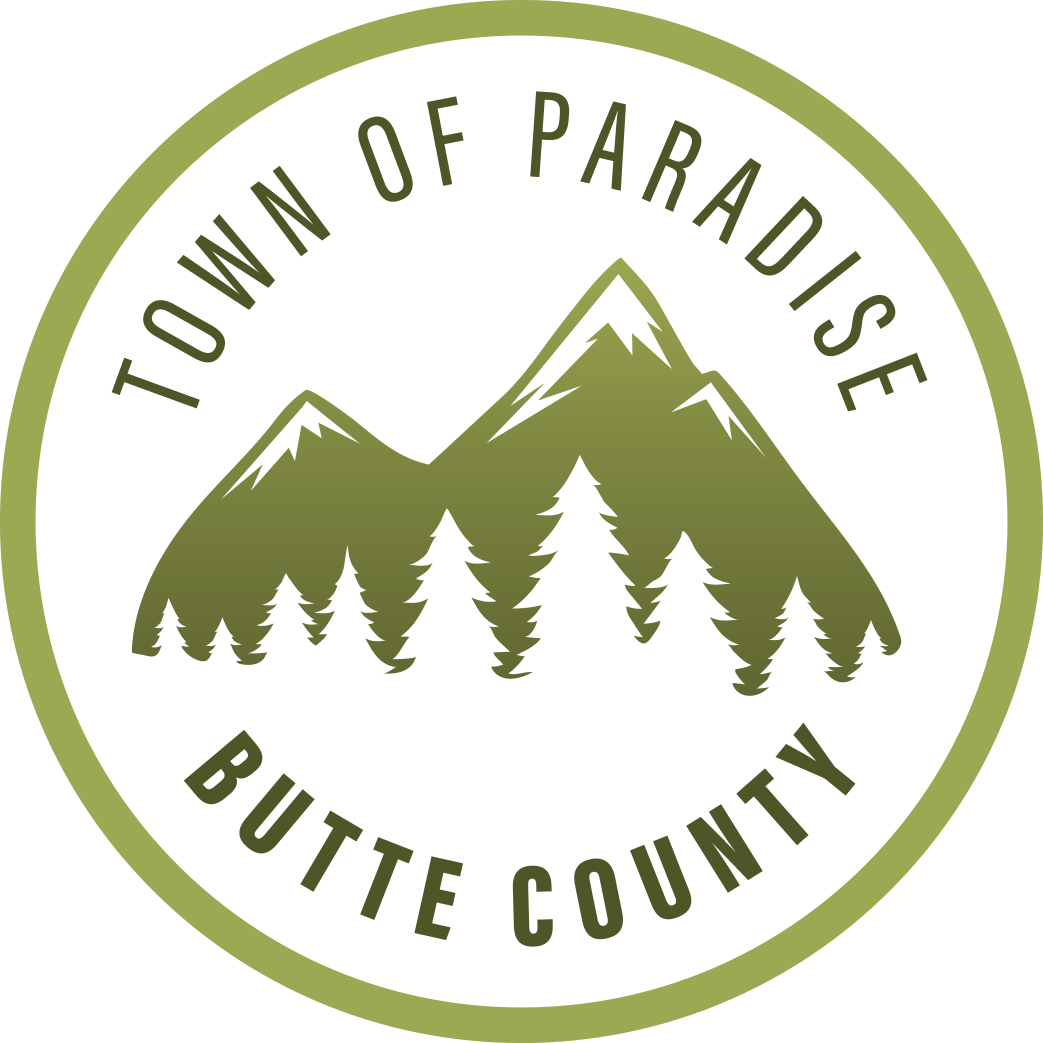Starting this Sunday, December 9, the Disaster Recovery Centers will be closed on Sundays and have new hours Monday through Saturday, open from 9 a.m. to 6 p.m. Disaster Recovery Centers in Chico and Oroville remain available for residents to connect with resources needed to recover and rebuild. Local, state, and federal agencies along with...

